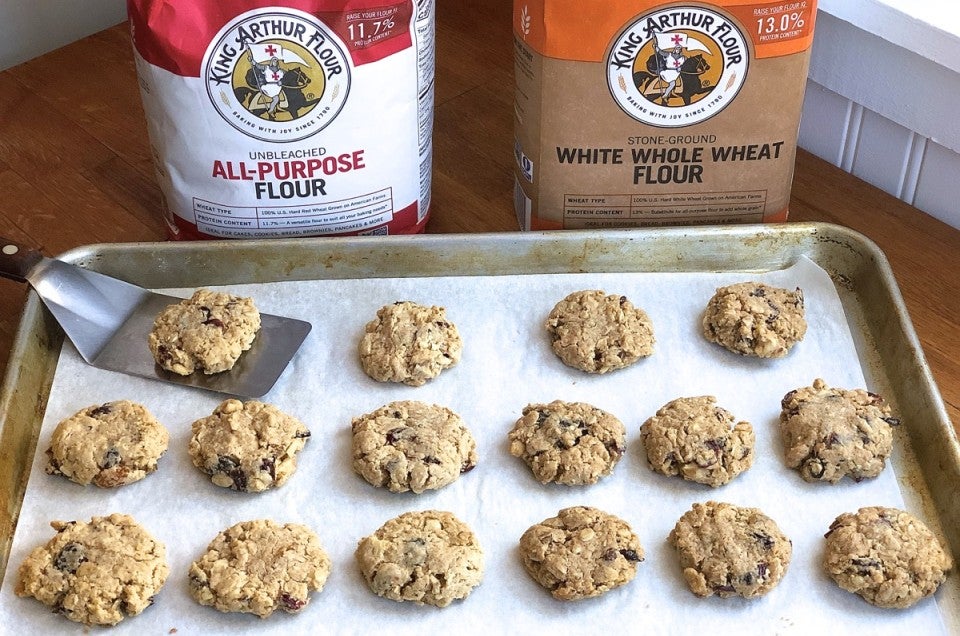


You'd love your family's diet to include more whole grains. So you decide to add whole wheat flour to their favorite baked treats — but you’re hesitant to just exchange whole wheat for white flour willy-nilly. If you substitute some whole wheat flour in the kids' favorite sandwich bread will it still be light and fluffy? Will your go-to chocolate chip cookies taste just as good?
The answer, thankfully, is a qualified yes. Qualified because you need to understand a few basic facts about baking with whole wheat before you start. But honestly, swapping whole wheat flour for some (or all) of the all-purpose or bread flour (a.k.a. white flour) in your recipes is surprisingly easy. And in most cases, your audience will never know the pancakes, Snickerdoodles, or dinner rolls they’re enjoying are made with whole wheat flour.
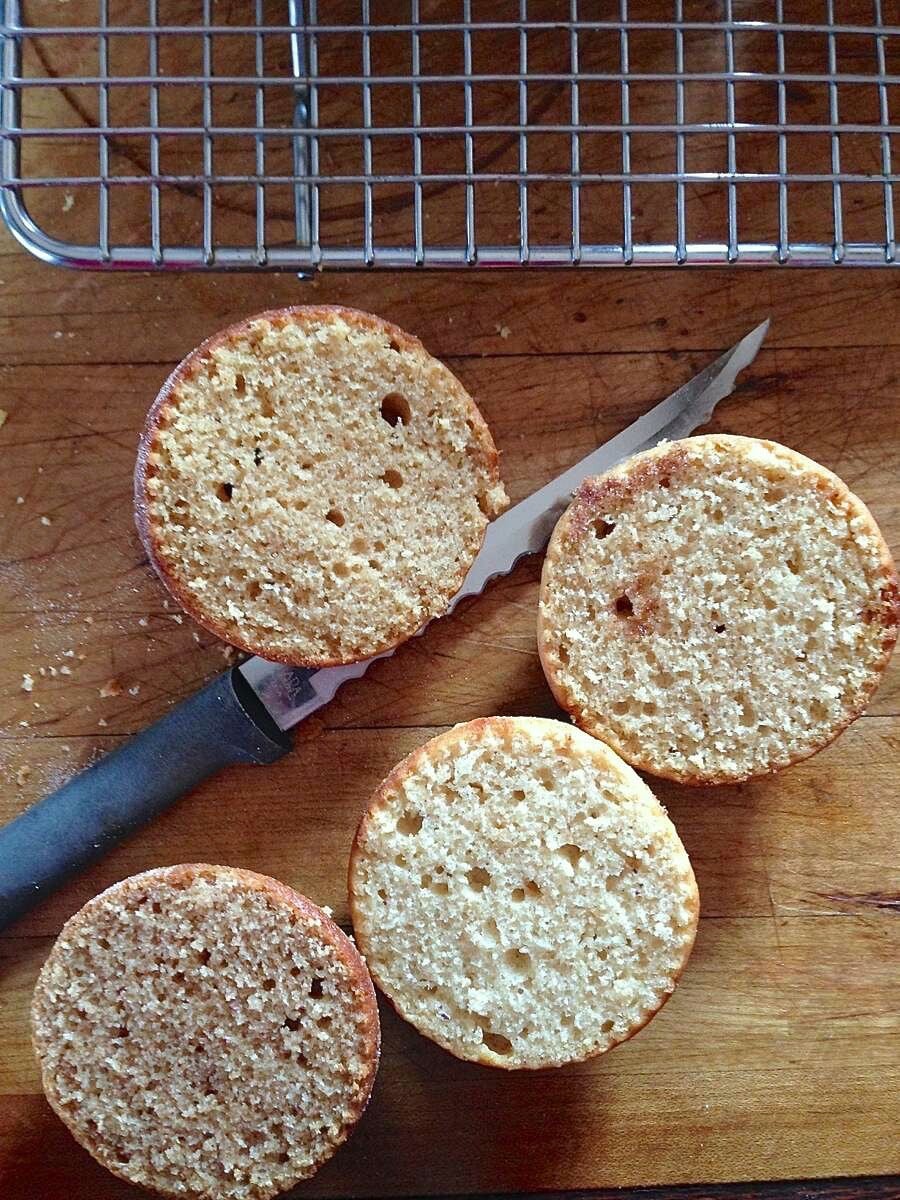
While you can substitute whole wheat flour for at least some of the white flour in just about everything you bake, some treats are more amenable to this swap than others. Let’s look at the landscape category by category. But first, a few facts to consider:
*If you're a diehard measure-by-weight baker, substitute 113g whole wheat flour for every 1 cup (120g) of white flour called for in your recipe.
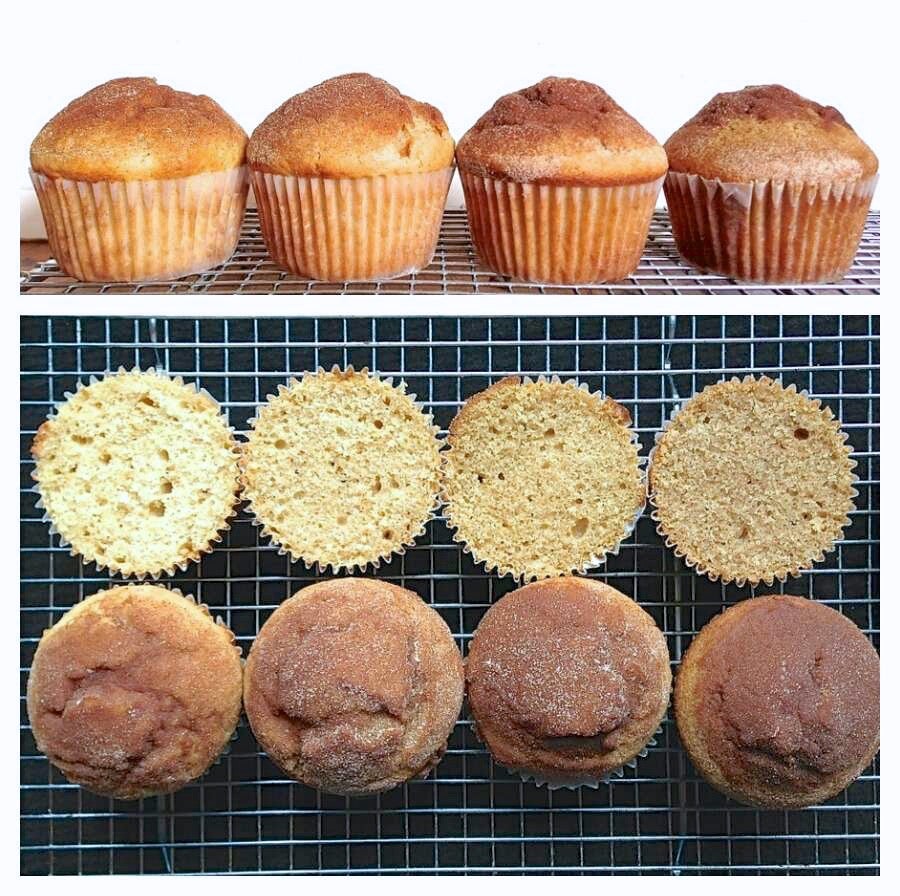
What better way to kick things off than with your favorite meal of the day, breakfast? Let’s see what’s involved in substituting whole wheat flour in your pancakes, muffins, quick breads, scones, and biscuits.
Optimum substitution percentage (the level of whole wheat flour at which you’ll notice very little, if any change from the original): Up to 50%.
Any issues? Substituting whole wheat flour 100% may result in a somewhat grainy mouthfeel and darker color.
Any exceptions? None. Surprisingly, even biscuits made with 100% whole wheat flour will be high-rising and tender.
What to watch for: Pancakes made by substituting whole wheat flour for 100% of the white flour may spread more if the pancakes are cooked right away. To control spread, let 100% whole wheat pancake batter rest for 30 minutes before cooking; this gives the flour a chance to absorb the liquid.
For more information: Breakfast: from white to wheat, a baker's guide
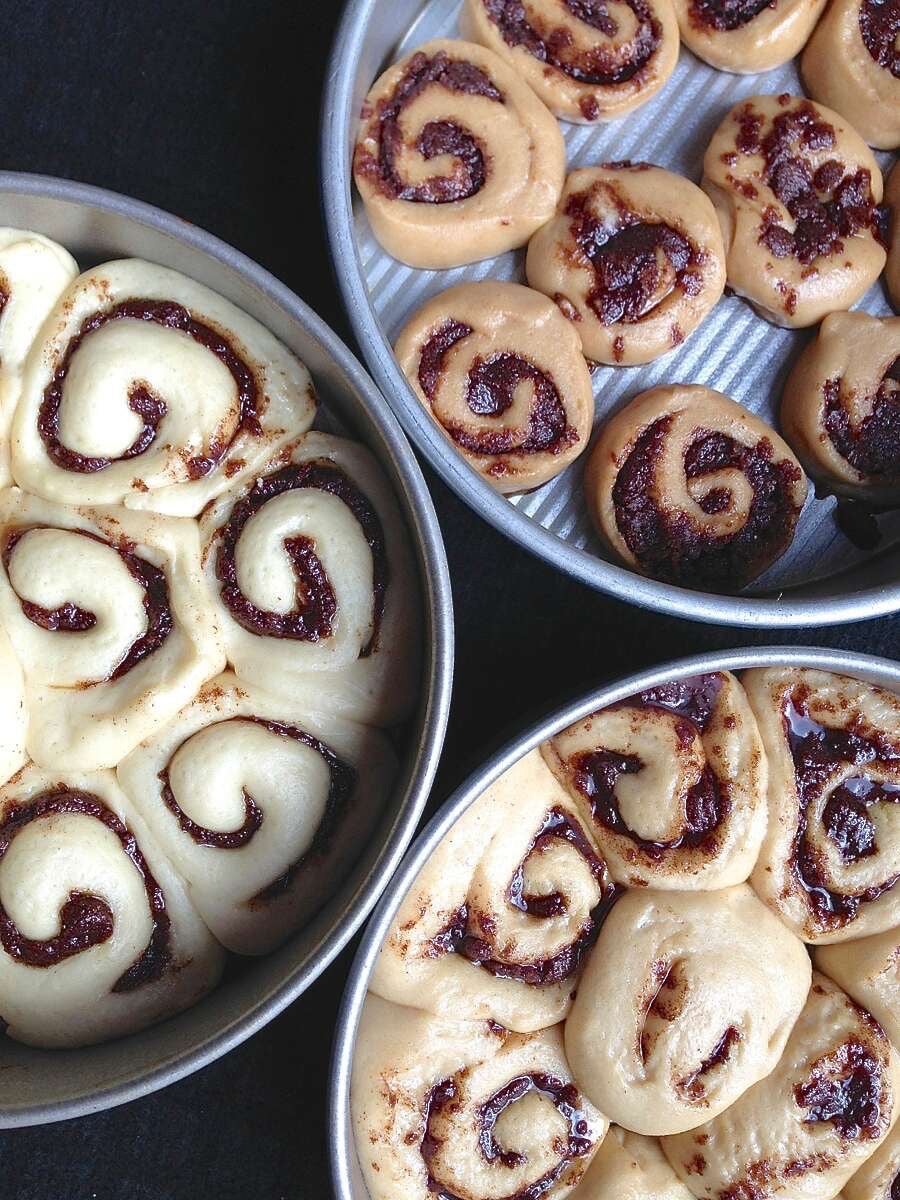
You might expect substituting whole wheat flour would be more of a challenge in yeast baking; you’re right. Yeasted baked goods are typically “flour intense:” a large percentage of their total makeup is flour. Thus whole wheat’s inherent flavor and texture are amplified in yeast baking. White bread, white dinner rolls, and pizza crust will all look, taste, and rise somewhat differently if you swap out 100% of their white flour for whole wheat.
Optimum substitution percentage: Start by substituting 25% and if you’re satisfied with the result, increase the amount gradually from there.
Any issues? Substituting whole wheat flour 100% for white flour will lower the rise of your yeasted baked goods significantly. Why? Mainly because whole wheat flour absorbs more liquid than white flour and produces a stiffer dough. The stiffer/drier the dough, the harder it is for it to rise.
The solution: When substituting whole wheat for 100% of the white flour in your own favorite yeast recipe, do this: For every cup of whole wheat flour substituted, increase the liquid in the recipe by 2 teaspoons. Once you’ve mixed up the dough but before kneading, let it rest for 30 minutes. This rest gives the flour the time it needs to absorb the liquid fully, yielding a softer dough, one that should rise just as high as dough made with white flour.
Other options: Substitute a smaller percentage of whole wheat; or use a recipe developed specifically for whole wheat, like our 100% Whole Wheat Sandwich Bread, Honey Wheat Rolls, or Whole Wheat Pizza Crust.
Any exceptions? 100% whole wheat versions of delicate baked goods like croissants and rich breads like brioche will be more successful if you use a recipe developed specifically for whole wheat, rather than swapping whole wheat for white flour in a standard formula.
What to watch for: In bread or rolls without any competing flavors (e.g., a plain sandwich loaf or white dinner rolls) whole wheat’s flavor can be quite assertive. If your family is sensitive to the taste of whole wheat, make sure your flour is as fresh as possible; as it ages, whole wheat flour gradually loses its pleasing nutty/wheaty flavor and can become bitter.
For more information: Yeast bread, rolls, and pizza: from white to wheat, a baker's guide.
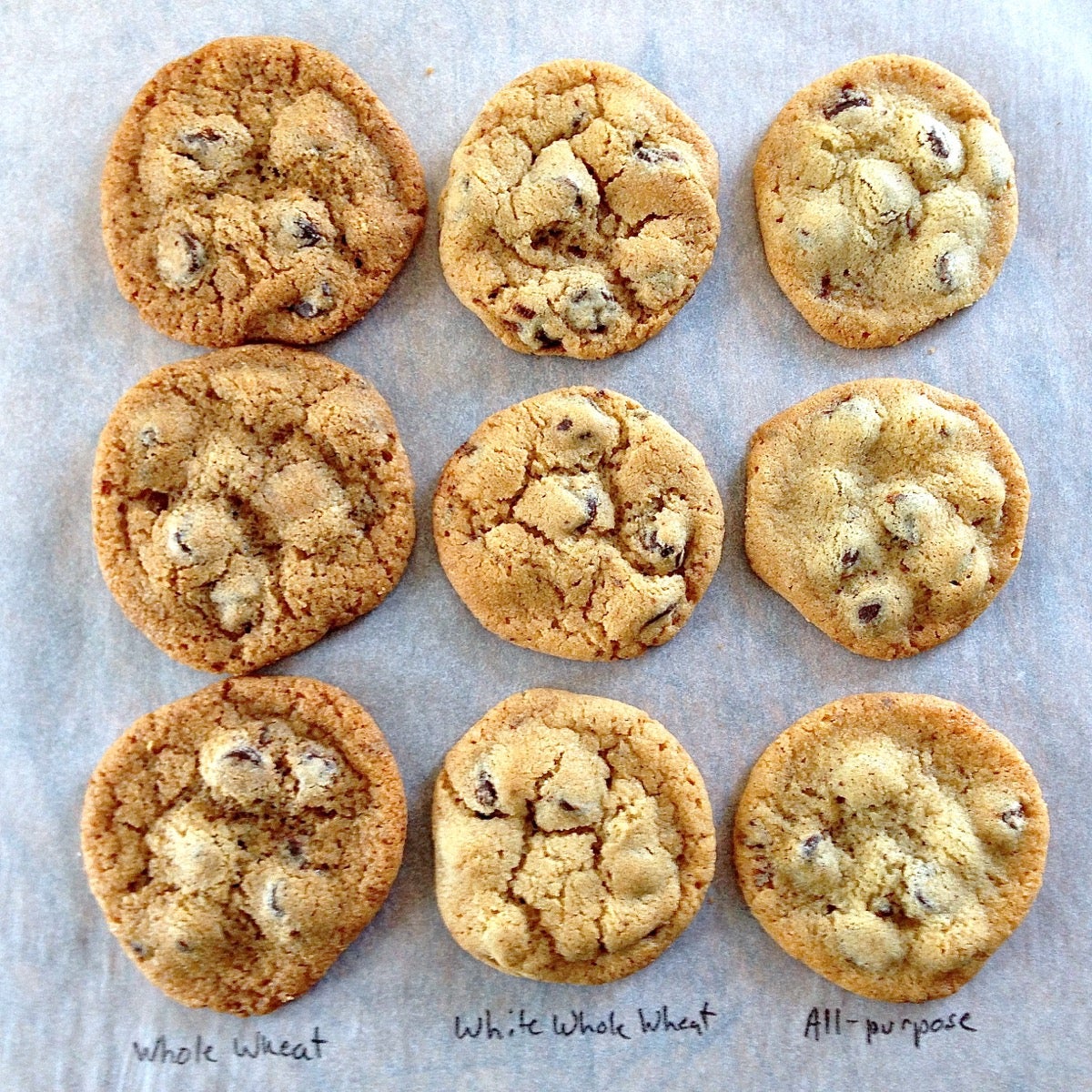
Thankfully, these classic treats are simple to transition to whole wheat flour. Since most cookies beyond the plainest butter or sugar cookies aren’t cream-colored, the darker color whole wheat adds will be barely noticeable (especially since you probably won't be doing a side-by-side comparison). In addition, in most cases whole wheat flour’s grainy texture will be hidden by whatever else (chips, nuts, oats) surrounds it.
Optimum substitution percentage: Up to 50%.
Any issues? When used 100%, whole wheat’s graininess may be evident in simple cookies and bars like shortbread, sugar cookies, brownies, and blondies.
The solution: Let baked goods rest overnight before serving; the bran will soften and their texture will improve.
Any exceptions? None.
What to watch for: If you’re making drop cookies whose dough requires chilling for 25 minutes or longer before scooping, you’ll need to increase their liquid when substituting 50% or more whole wheat flour. Add 2 teaspoons water (or a complementary liquid) per cup of whole wheat flour, to compensate for whole wheat’s greater absorption. Failing to do this will result in cookies that spread less than they should.
For more information: Cookies, brownies, and bars: from white to wheat, a baker's guide.
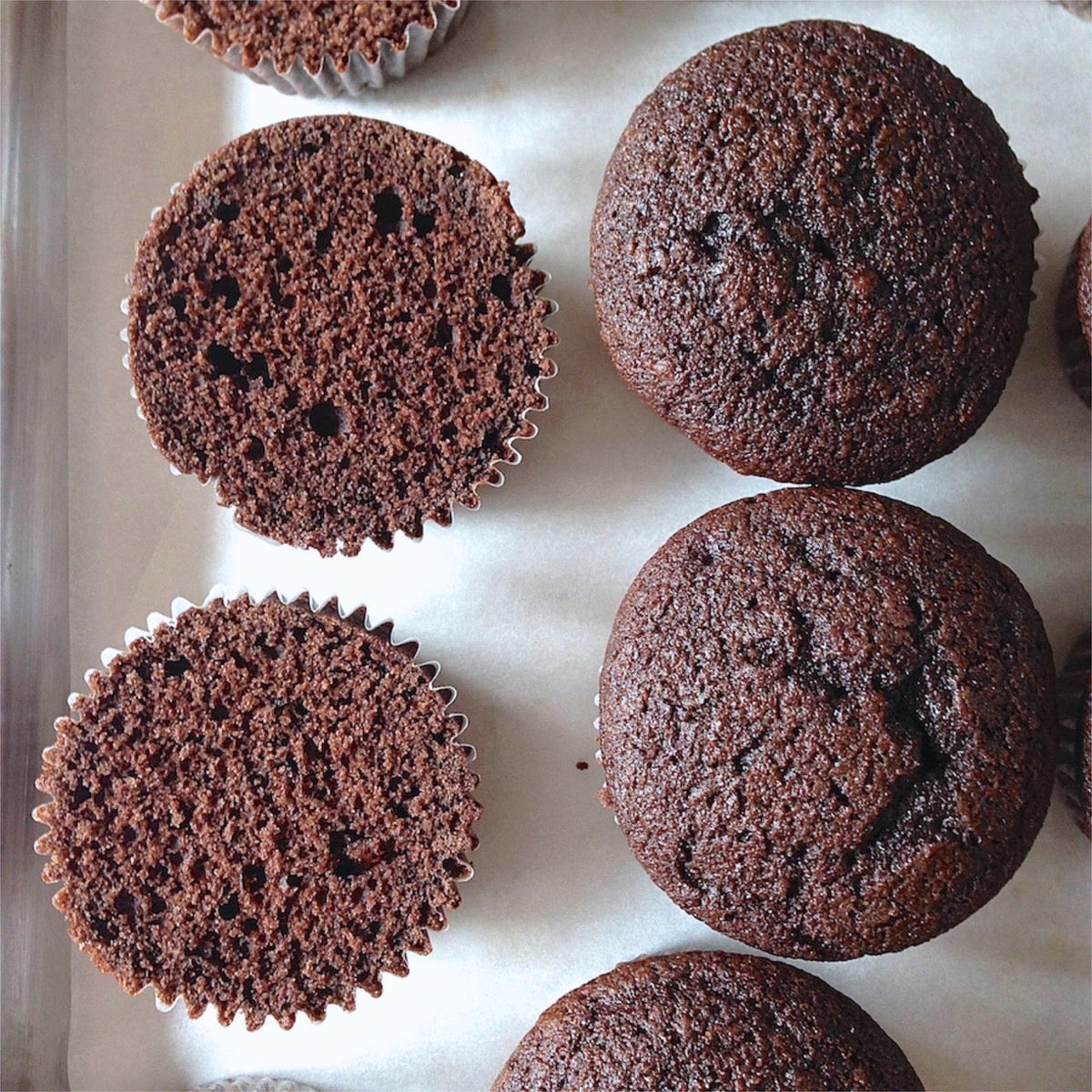
Whole wheat cake almost sounds like a contradiction in terms, doesn’t it? Cake is light, fine-grained, and sweet; whole wheat encourages none of that. But it’s possible to make very tasty cake indeed using whole wheat flour. Here’s how:
Optimum substitution percentage: Up to 50%.
Any issues? The greater percentage of whole wheat flour in your cake, the more prone it is to crumbliness; bran’s sharp edges cut the gluten network that provides the cake’s structure, causing it to weaken and crumble. In addition, even at low levels of usage you may notice whole wheat flour’s graininess; it stands out in cake’s otherwise smooth texture.
Any exceptions? Angel food cake, though I confess I didn’t test it. This cake's light, airy texture comes from beaten egg whites, and I suspect the bran in whole wheat flour might interfere with its delicate structure. And besides, tan angel food cake just doesn’t feel right. If anyone decides to make a 100% whole wheat angel food cake, let us know how it goes, OK?
What to watch for: 100% whole wheat cupcakes made from a stir-together batter (think carrot cake) may not dome as nicely as their white-flour counterparts.
For more information: Cake and cupcakes: from white to wheat, a baker's guide.
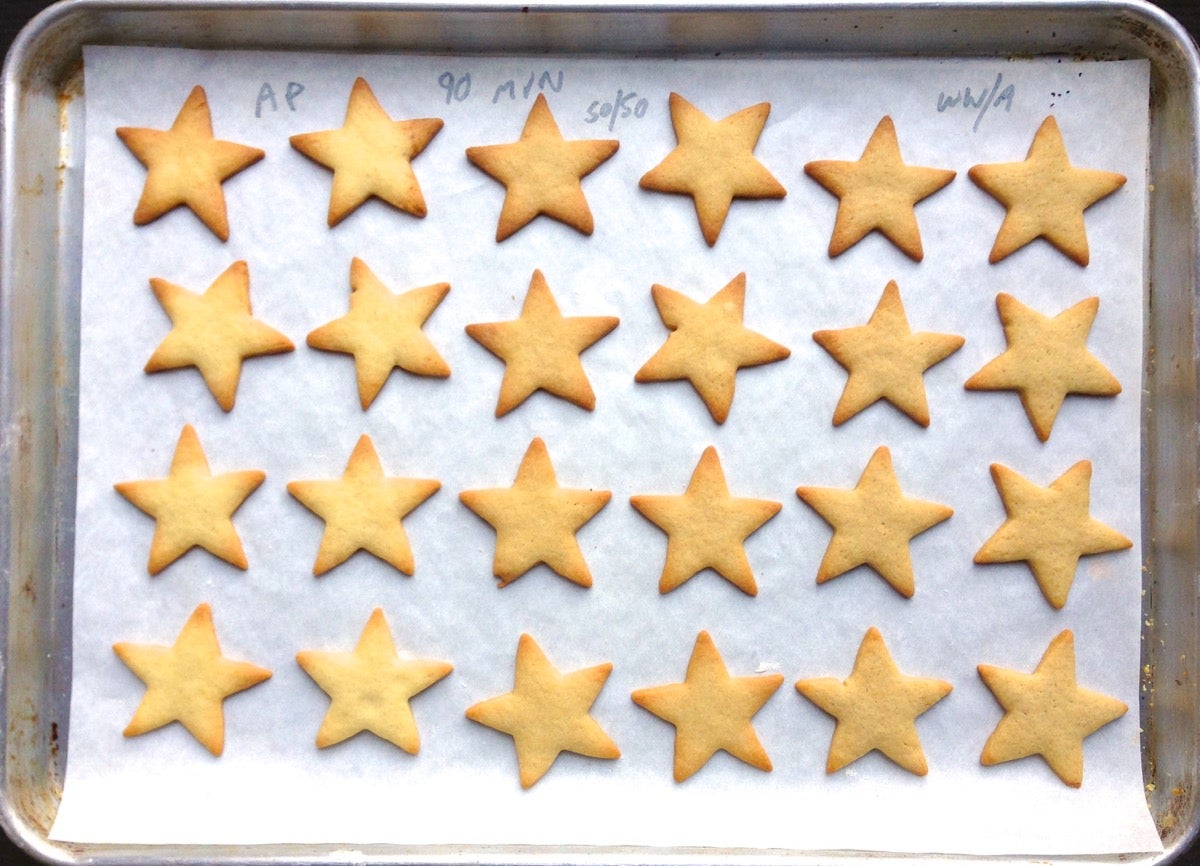
Go ahead and start substituting white whole wheat flour for some or even all of the white flour in your favorite recipes. Most of the time you’ll never notice the difference. In some cases your bread, cake, or cookies may look a little darker. Sometimes you’ll taste a bit of wheatiness; other times you’ll notice a certain graininess in the mouthfeel. But trust me: the vast majority of the time you substitute whole wheat flour for white flour (especially at lower levels), you’ll be totally satisfied with the outcome.
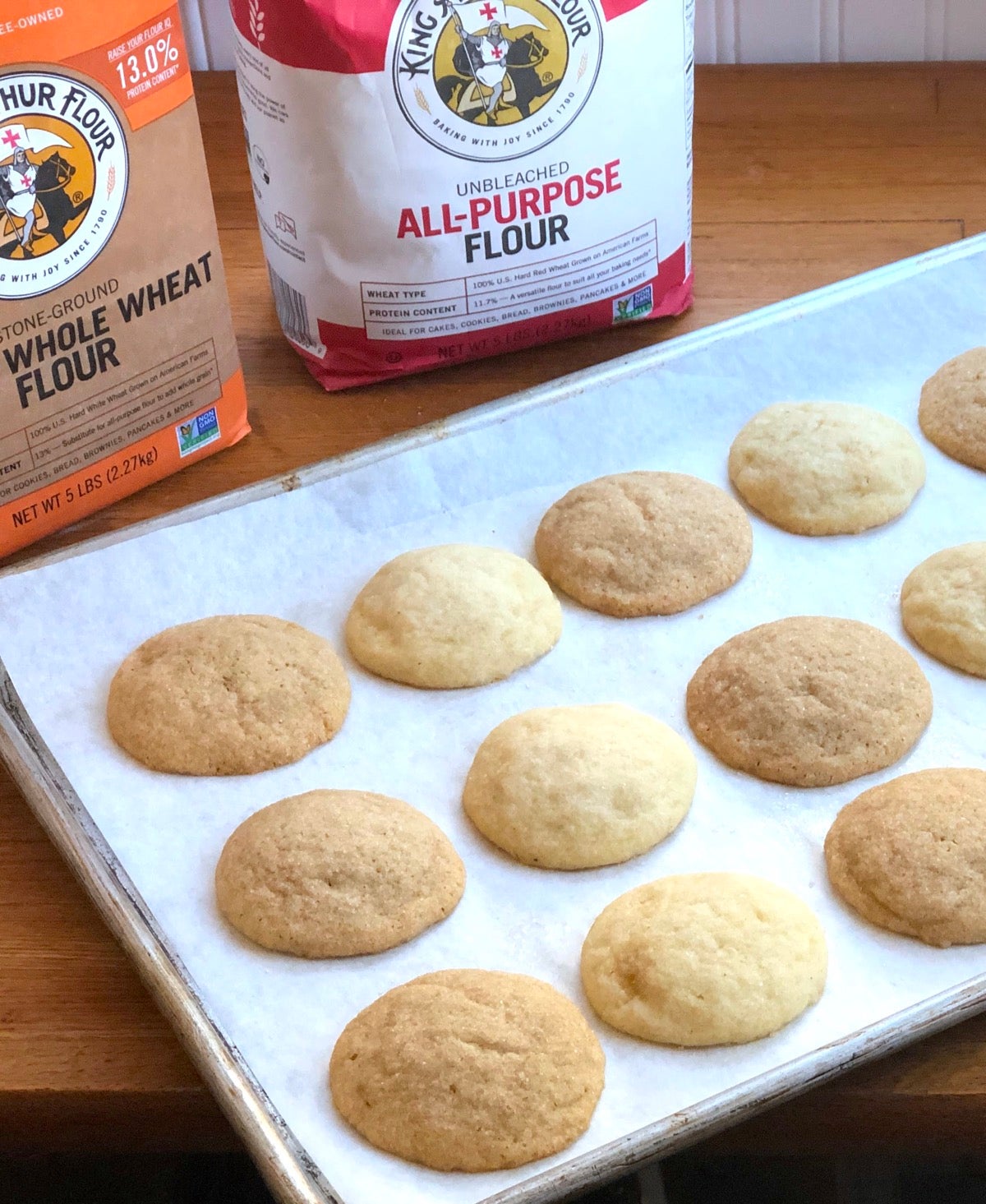
Not only will you, friends, and family find that baked treats made with whole wheat flour can be just as good as their original white flour version — in some cases you may decide they're even better. These Vanilla Sugar Cookies, for instance: Making them with white whole wheat flour (100%) adds a level of mild nuttiness and rich flavor that their white flour counterparts simply lack. My family has asked me to always make these cookies with white wheat going forward. Win-win!
Did you enjoy this baker's guide? For more specific information on each type of baked good, check out our guide to substituting whole wheat flour in your favorite cookies, brownies, and bars; in scones, muffins, batter breads, biscuits, and pancakes; in yeast bread, rolls, and pizza crust; and in cake and cupcakes.